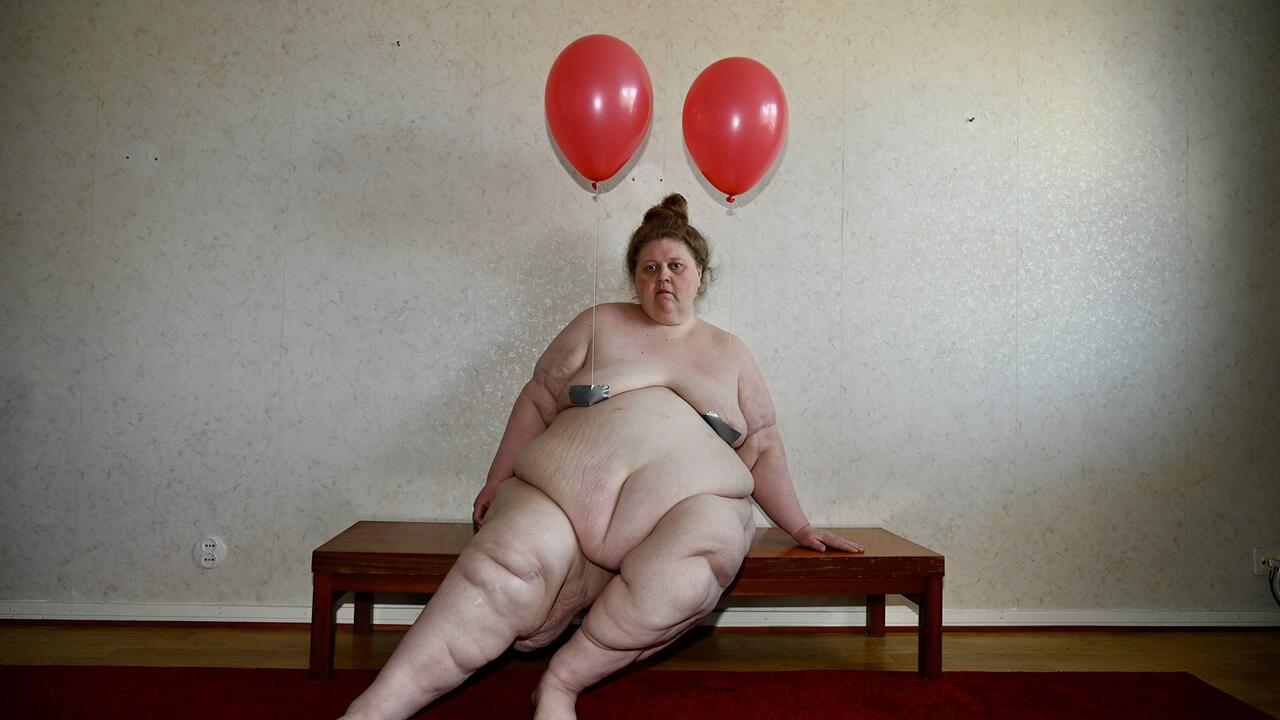Walead Beshty
Capitain Petzel Berlin
Capitain Petzel Berlin

The poster for Gastarbeiten on the gallery’s glass door featured the cover of an Employment Law brochure issued in 2014 by the German Federal Ministry of Labour and Social Affairs. The stock photo depicts a generic office scenario, but is superimposed with an oval surface (immediately recognizable as one of Beshty’s copper desktops inside the exhibition) which blocks out one of the figures. The remaining models are dark skinned, and two out of the three are women. One would be hard pressed to substantiate the diversity of this scene with German employment stats. With this Beshty set the stage for the exhibition inside, his first with the gallery, which probed aspects of production, distribution, circulation, and material and immaterial labour in the art world, while contemplating the artist’s status as an above-the-law migrant labourer.
To this end, Gastarbeiten also planted a tiny mistake in the German compound word. Instead of the correct form Gastarbeiter, meaning ‘guest worker’, Beshty’s title can be translated as the plural noun ‘guest works’, or as a verb, to ‘guest-work’, neither of which exist in German. This subversion highlighted the strangeness of the term ‘guest worker’ which reads like a euphemism for ‘you can’t stay here’. The idea underscores Germany’s failure to grasp itself as a country of immigration, whether in the 1960s, when foreign labour was called for, or today. By referring to art making as temporary labour, Beshty juxtaposed the norms mostly taken for granted in the art world regarding freedom of travel, work and residency, with state immigration policies and employment laws.
On the walls were large format works produced directly on printers, the artist’s hand literally visible, while black and white photos with titles such as Frustration and Der Spaßvogel (The Jokester, all works 2014) showed hands on a laptop keyboard. Also on the walls hung polished copper tabletops, while their separated, black steel bases rested on white plinths. The title of each of these deconstructed desks was roughly half a page long, listing information about the original gallery furniture they replaced (an insight into the gallerists’ design preferences); the company that manufactured the copper table top; the cost of production, shipping, handling and storage; and the period of time the surrogate was used in the gallery. Dark smudges and cup rings served as traces of the work that has marked them.
Aesthetically compelling, the objects nevertheless remained burdened by their own preciousness, the smudges a sort of fetishized patina. Beshty wittily balanced this preciousness with printers which have been taken apart, drilled through and impaled. Plugged in, they still powered on; one printer kept displaying a ‘paper jam’ message. Likewise flat screen LED HDTV’s, punctured in the middle with a wide drill, created abstract compositions of striped on-screen colour fields. Peeking into the engineering inside, one saw their true function: dumb machines that kept troubleshooting themselves, oblivious to their new value as artworks.
The show’s observations tilted further towards the artist’s personal condition. A series of drawings – the first exhibited by Beshty – on the gallery’s upper level depicted office stationery next to pharmaceuticals such as Adderall and Xanax, Diovan and Propecia, rendered on letterheaded paper from different galleries. A glimpse at some of the ‘aids’ used to help a worker’s performance perhaps. Beshty’s new collages, meanwhile, were from pages of magazines, art books, newspapers, hotel stationery, dried flowers and his own drawings, all assembled on the road, in airports and hotel rooms. They attest to in-between spaces and the ‘dead time’ an artist’s life appears to be full of – sites that here Beshty purposely commodified. His commentary coincided with a resurgence in anti-immigration attitudes in German politics which directly contradicts the country’s need for ‘skilled’ foreign labour. If Beshty’s query in to our material culture and the artist’s displacement within it might have felt indulgent it’s because it was. But the gesture seemed intended, a jab at the art world’s persistent insularity from realpolitik.














